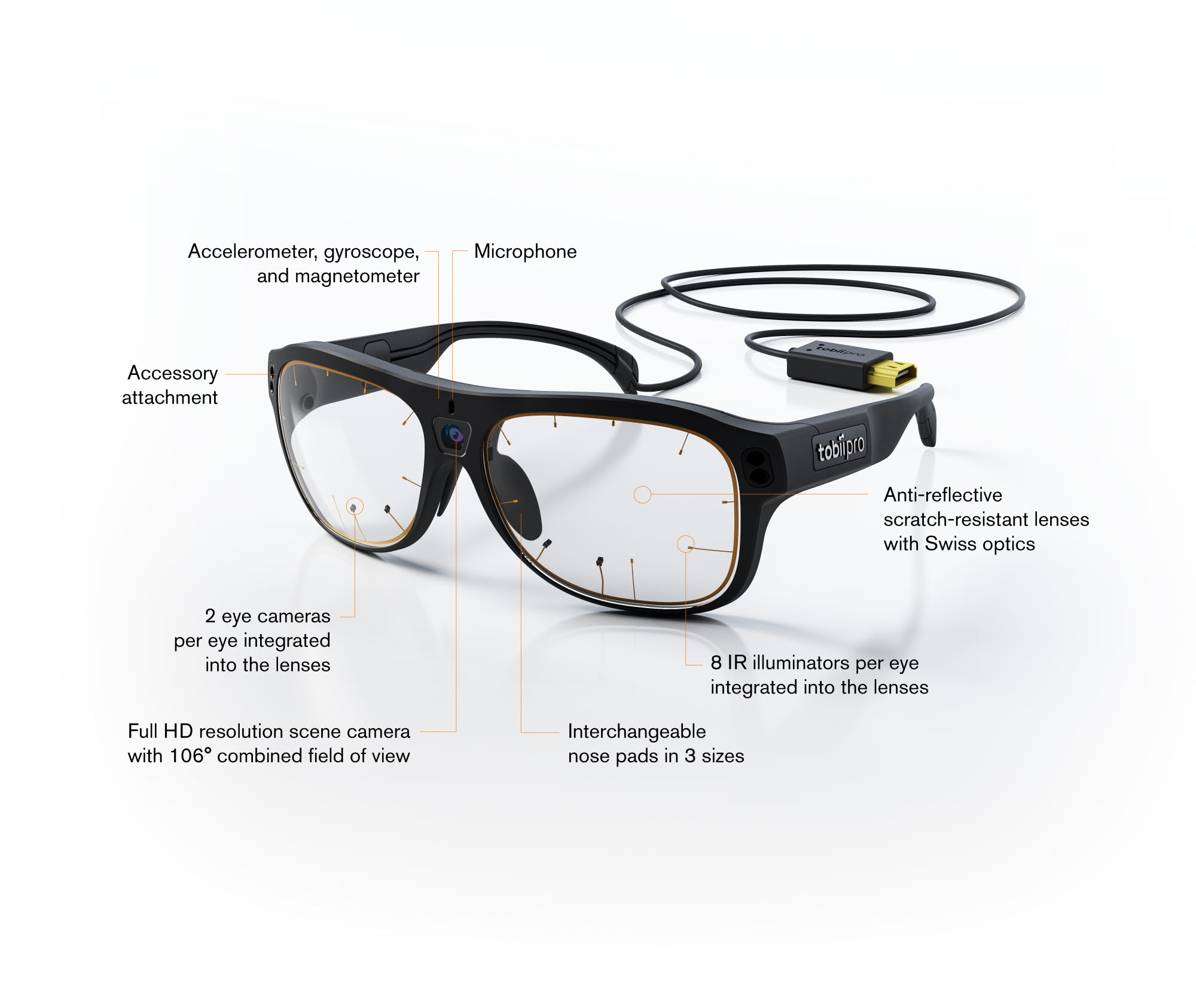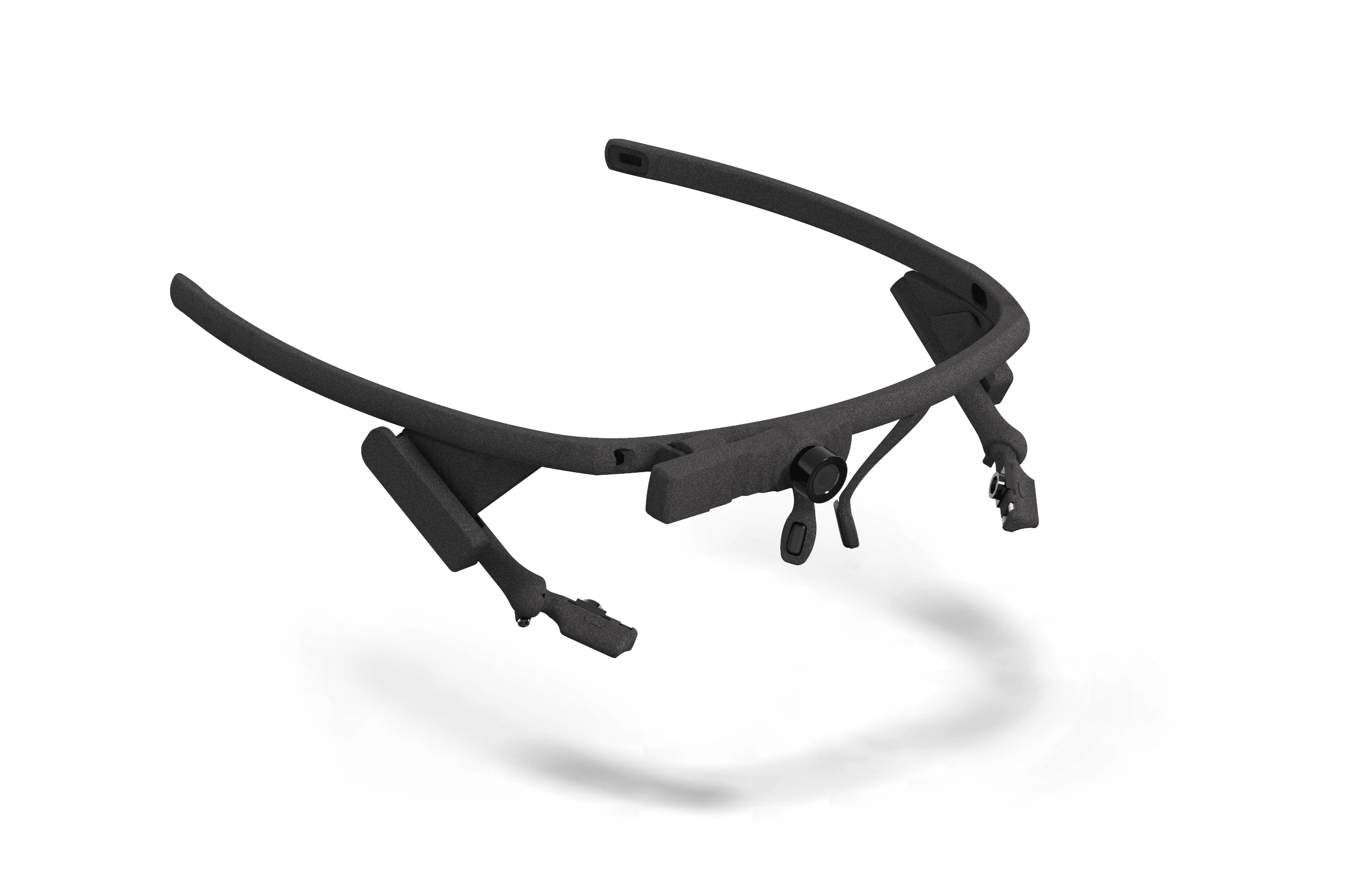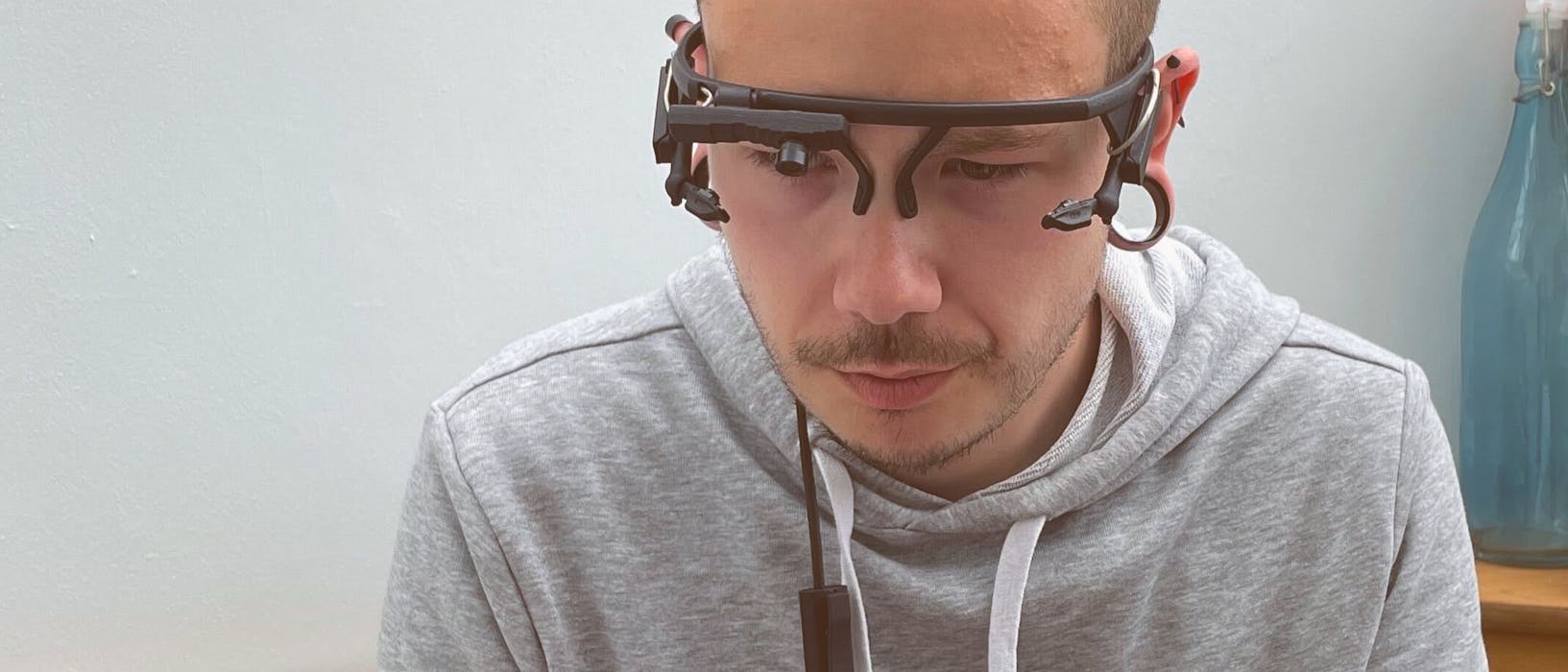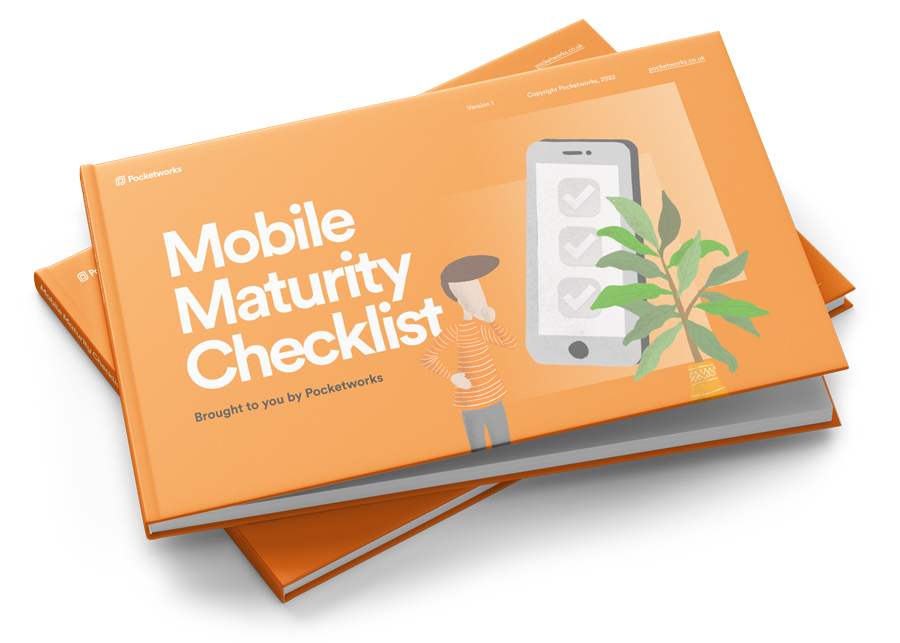We were researching the best eye-tracking devices to run user research studies on both desktop and mobile in 2022. It was a bit of work speaking to all the sales folks and evaluating options, so we thought we'd summarise our learnings to save you some time.
This article covers what we chose and why.
What are eye-tracking devices?
I'm guessing that you invest a lot of time into designing apps and websites, but you never truly know what customers actually look at when they use your product. Do they notice your special offer button? Or do their eyes get drawn to the bright red Terms and Conditions link instead?
Eye-tracking devices help you answer questions that are key to customer satisfaction and conversion. They are a helpful tool for understanding your users' behaviour in "real-life" surroundings. With the help of a researcher, you can understand how participants view and interact with your product in a more realistic setting. During user testing, eye tracking devices can provide valuable insights to reveal what users do and where they look rather than what they say.
As an end result, you can optimise your product to make sure people see and tap the parts of your app you want them to.
If you don't know how to do eye-tracking, a researcher can help gather and analyse eye-tracking data, which in turn allows you to draw useful conclusions from it.
Next, let's look at why you might want to buy an eye-tracking device.
Why would you want eye-tracking devices?
There are lots of uses for eye-tracking devices, from understanding how people look at printed adverts to understanding how people interact with an eCommerce website.
As a mobile app development company, we design and develop desktop, mobile and web apps that are pretty mission-critical. These apps serve millions of users and generate millions of pounds for our clients, so it's important that people find them easy to use and actually notice the important things. So, for us at least, we looked into buying eye-tracking glasses to get more visibility of where our clients' apps were working for users, and where they weren't.
Fun fact. Eye-tracking devices actually went viral because YouTubers were using them to set "eye tracker challenges". They'd set themselves challenges to watch something distracting and prove that they wouldn't look at it. Google it!
Right, let's explore the devices we considered buying.
The eye-tracking devices we looked at in 2022
Below you can find a list of pros and cons for the products we looked at more in-depth.
Disclaimer: there are plenty more options out there, but these were the ones we thought were worth investing more time in based on reviews, pricing, and fit-for-purposes.
Tobii Pro
Around £3K - £10K depending on renting/buying/options.

Pros:
- Very high-end eye-tracking software. Maybe even a little too high-end for us, fit for an extensive investigation into neuroscience and in-depth data analysis.
- Training and support more on the ball compared to other tools, their website and sales calls were pretty precise.
- You'll be recording the whole world, not just the screen.
Cons:
- It's pricey. The device is expensive, and on top of that, you need to purchase a software licence which isn't cheap either
- Windows only, the software doesn't work on Mac.
- Personal sales experience: it wasn't as swift as per other providers, and we were a little underwhelmed with the offer we received.
realeye.io
Price around £400 a month, pay for what you need it when you need it.
![]()
Pros:
- You can use your own webcam
- Affordable (500 dollars a month for 300 participants, 189 a month for 20)
- Easy to set up. Also, one hour of training is included in the pricing.
Cons:
- We couldn't achieve an accurate measurement. The recording was off (mainly because of the nature of our product, as it isn't a live website, so we had to hack around it).
MouseFlow
Free tier and from £21 per month
Pros:
- Accurate measurement (as it is mouse-based)
- You can do research on one website for free, with 500 recordings a month (pricing varies, but it's affordable)
- Very easy to set up
Cons:
- Users may observe with their eyes before actually dragging the mouse and clicking somewhere, so you're missing some valuable data by not tracking where they're looking.
- You have to do development work to integrate it into your product, it doesn't run on its own, and you have to change the thing you want to test.
Pupil Labs Core
Price around £3,000.

Pros:
- Great data quality
- Thirty minutes of onboarding was very in-depth, with no faffing around.
- Dev-oriented, discord channel with a lot of tech people available
- You can record all your data without having a proper fix on the pupils and then re-analyse the pupil data after the recording.
- You'll be recording the whole world, not just the screen.
Cons:
- Not as straightforward to set up (not a plug-and-play kind of thing)
- The software's UI/UX isn't as intuitive as expected. It takes time to get your head around the meaning of the icons.
We chose the Pupil Core
In the end, we felt this product hit the right balance between data quality, support and cost. Also, it works on Mac which was important to us.
![]()
This photo shows Adam, one of our talented developers and product owners, setting this up in preparation for our first eye-tracking sessions in Virginia USA.

